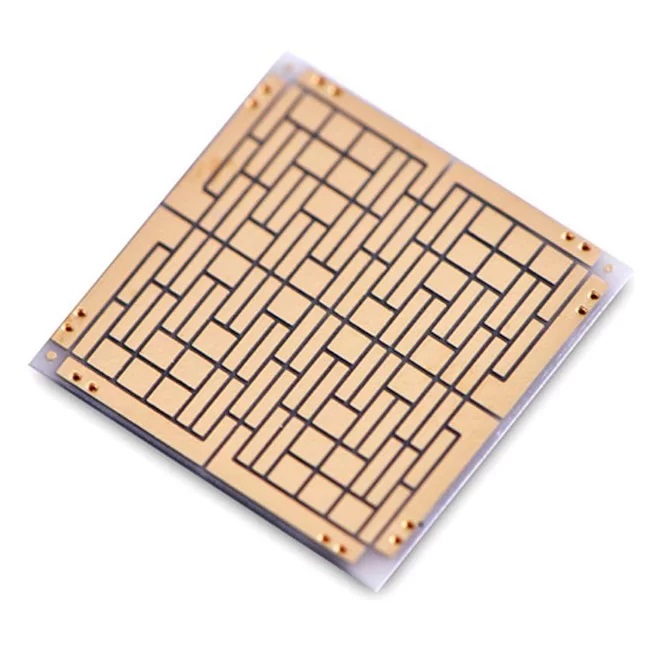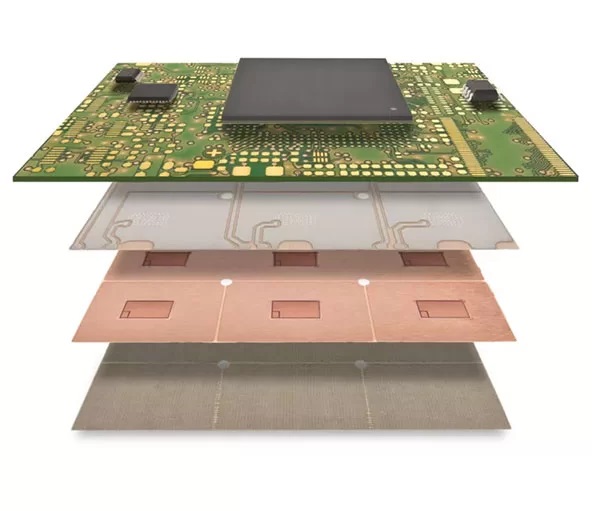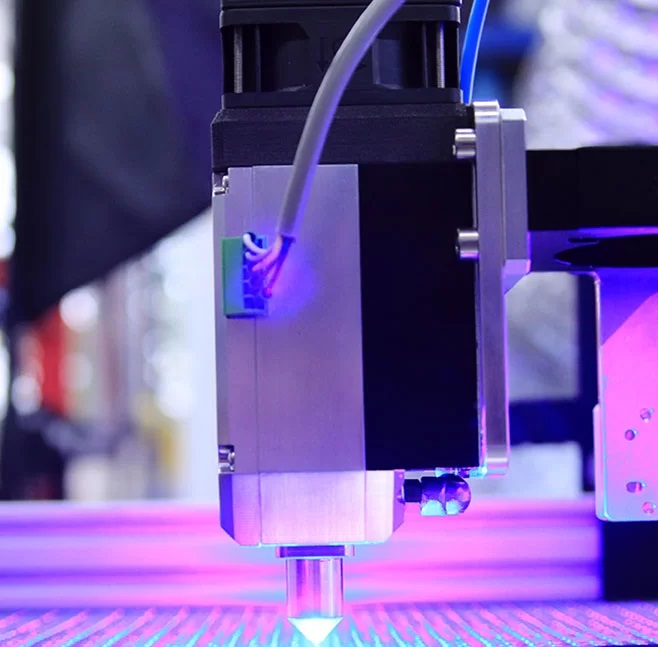Ceramic PCB

overview
What is a Ceramic PCB?
Ceramic circuit boards are electronic components which feature circuit interconnection and through-hole conduction. These boards are composed of a ceramic substrate, such as an alumina ceramic substrate, aluminum nitride ceramic substrate, silicon nitride ceramic substrate etc. The heat dissipation performance of the ceramic substrate is quite good and its thermal conductivity ranges from 25w to 230w depending on the ceramic material chosen.
Why Use a Ceramic PCB?
Ceramic PCBs, also called ceramic substrates, are used in applications with high thermal conductivity is requiered. The substrate material has a good insulation, excellent heat dissipation, as well as strong mechanical stress and stable shape. The substrate has a wide operating temperature range from -55°C to 850°C. The thermal expansion coefficient is also close to that of silicon which simplifies the production process of power modules. All these factors make ceramic PCBs a great choice for many electronics applications.


How to Produce the Ceramic PCB?
Producing ceramic PCBs requires precision and care in the manufacturing process. First, metal elements or substrates are placed in each layer with a layer-by-layer screen printing process. Then conductive paste such as silver or gold is used to place trace connections. It is also possible to punch or laser drill holes in the unburned layer. Afterwards, the entire stack is baked in an oven at a temperature of below 1000°C, which matches the firing temperature of the gold and silver paste used. Finally, laser processing is applied to drill or cut micro-holes in the ceramic layer. Such a precise and intricate procedure allows for high-quality ceramic PCBs without any defects.
Types of Ceramic PCB?
There are three main types of ceramic PCBs available, each with their own unique characteristics.
- HTCC (High-Temperature Co-fired Ceramic) requires the ceramic powder to be heated up to 1300-1600? with no glass material added.
- LTCC (Low-Temperature Co-fired Ceramic) requires a mix of inorganic alumina powder with about 30-50% glass material and an organic binder.
- DBC (Direct Bonded Copper) uses a copper oxygen-containing eutectic liquid to create a chemical reaction between the substrate and copper foil and form a CuAlO2 or CuAl2O4 phase. Different applications and requirements determine which type of ceramic PCB should be used.

